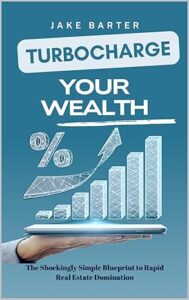The Reserve Bank of Australia (RBA) is set to convene this week to deliberate on interest rates, with expectations leaning towards a potential rate cut following the previous surprising decision to hold rates steady. Analysts predict that a rate reduction could stimulate a surge in property prices, continuing the upward trajectory despite the pause in interest rates.
Australian property market has witnessed soaring prices to record highs, driven by robust demand that has overshadowed concerns stemming from the RBA’s decision to maintain interest rates. The Commonwealth Bank, a key player in the housing market, has adjusted its forecasts to reflect a more optimistic outlook for home price growth, anticipating a 6% increase by the end of this year and a subsequent 4% rise in 2026.
The forecasted price surge is contingent on the RBA implementing a 25 basis points rate cut this week, followed by another in November. These rate adjustments could potentially propel property prices even higher than projected, exacerbating existing challenges in housing affordability across the country.
Interest rates play a pivotal role in influencing short-term property prices, with a 100-basis-point rate cut potentially translating to a 9% increase in home values, based on statistical models. The RBA’s earlier rate cuts this year have already set the stage for this upward trend, with further reductions expected to amplify the impact on property prices.
While the short-term outlook suggests a buoyant property market, the long-term drivers of interest rates appear to be stabilizing, with real household disposable income rebounding and population growth moderating. These factors are anticipated to alleviate some pressure on housing demand and prices, gradually restoring a balance between supply and demand by 2026.
Despite the positive indications, housing affordability remains a pressing concern, particularly for first-time buyers. The historical trend of home price growth outpacing income growth has contributed to Australia’s housing market being among the least affordable globally, with Sydney and Melbourne ranking as some of the most expensive cities for real estate.
Experts caution that while affordability metrics may show signs of improvement in the coming years, the overall challenge of owning a home is likely to persist, especially when viewed in the context of past affordability levels. The ongoing interplay between interest rates, housing supply, and demand will continue to shape the landscape of Australia’s property market, underscoring the delicate balance between economic growth and housing accessibility.
📰 Related Articles
- RBI’s Rate Cut to Boost Real Estate Market Outlook
- Property Listings Surge Across Australian Capital Cities in Response to Rate Cut
- Australian Shares Surge on Rate Cut Speculations and Market Optimism
- Refinancing Surges in Australian Mortgage Market Amid Rate Adjustments
- Rate Cuts Spark Property Market Speculation in Australia

 Turbocharge Wealth
Turbocharge Wealth Side Hustle
Side Hustle Rattle the Market
Rattle the Market





 Stock Market
Stock Market